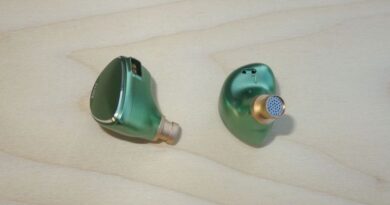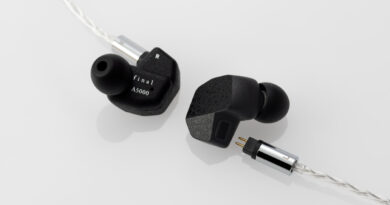Topping A50 III Amp Review – Turn Down for Watt?
The Topping A50 III is a true Swiss army knife of a headphone amp – high power, wide array of gain options and decent sonic fundamentals make it a utilitarian powerhouse.
PROS
- Wide range of gain options for every load
- Class-leading power delivery
- A neutral, highly resolving sound
CONS
- TRS cables for balanced inputs can be hard to find
- No preamp-outs
- Look elsewhere for color or flavor
Table of Contents
Introduction
After an impressive performance by the Topping D50 III, I’m looking at its brother – the A50 III amplifier. It shares the same desktop-friendly form factor and now comes with a true balanced input in the form of TRS jacks to save space. Combine the two units and you have a fully balanced system under 500$. This would have been impossible when I entered the hobby more than 13 years ago.
Let’s hook the Topping A50 III to the D50 III and see whether this Swiss army knife can cut the mustard!
Specifications
Amplifier topology: chip-based fully balanced composite Power supply: switch-mode +15VDC, other voltages generated by converters, and then regulated Output power (@THD+N<0.1%, both ch, SE): 2150mW@16ohms, 1400mW@32ohms, 190mW@300ohms, 100mW@600ohms Output power (@THD+N<0.1%, both ch, BAL): 3500mW@16ohms, 2700@64ohms, 760mW@300ohms, 395mW@600ohms Output impedance: SE <0.1ohms, BAL <0.2ohms. Output voltage: max 21Vpp SE, 42Vpp BAL Gain: min -12dB (SE in, SE out, low gain), max 17.9dB (SE in, BAL out, high gain) Frequency range: 10-100,000Hz +/-0.1dB Load impedance: >8ohms Input impedance: 2.5kohms SE*, 2.0kohms BAL SNR: 136dBA SE, 137dBA BAL (worst case) THD+N: <0.00008%@1kHz SE, <0.00006%@1kHz BAL Inputs: RCA, TRS (BAL) Outputs: 6.35mm TRS, 4.4mm TRRRS (BAL) Size: 125x131x45mm Tested at: $229 Purchase Link: Shenzhen Audio *at low gain resistive padding is engaged and increases input impedance to 10kohms |
Physical Things and Usability
| In The Box: A50 III amplifier, 15VDC power brick, 3.5mm to 6.35mm adaptor, paperwork |
| Appearance, Haptic, Build Quality: the milled aluminum unibody feels hefty, design choices like fonts limit premium feel, the ports are solid |
| Ergonomics: the size is perfect for desktop use, switching inputs is done by a switch on the back panel |
Build quality
The Topping A50 III chassis is milled from a solid block of aluminum with a bottom panel removable for accessing the internals. The overall feel is very solid with no wobbly ports and buttons. As expected, the volume control uses a rather small potentiometer which means the knob has very little resistance compared to amps with RK27 pots. With that said, handling the volume knob is more than fine and there’s no channel disbalance even at low levels.
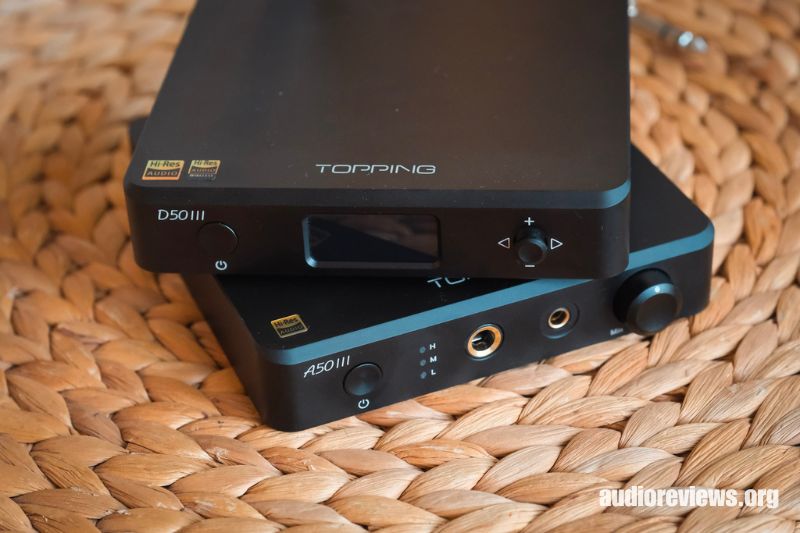
On the back, we get an assortment of analog inputs, both single-ended and balanced. Do I miss the preamp outputs? Not really. Like the Topping D50 III, this amp has balanced 6.35mm TRS connections. If you’re familiar with pro audio, this will be no surprise as many mixing boards and interfaces use them to save space. In home audio they are less common and getting short cables can be a challenge.
Controls
The Topping A50 III is a very traditional fully analog headphone amp with appropriately simple controls. The power button on the front panel will make the amp come to life and short-pressing it will cycle through the gain settings. Low, medium and high gain work as expected but the actual voltage gain will depend on the input connection choice – when using balanced inputs the overall gain will be increased by 6dB. With SE inputs we get -12dB as low, 0dB as medium, and +12dB as high gain.
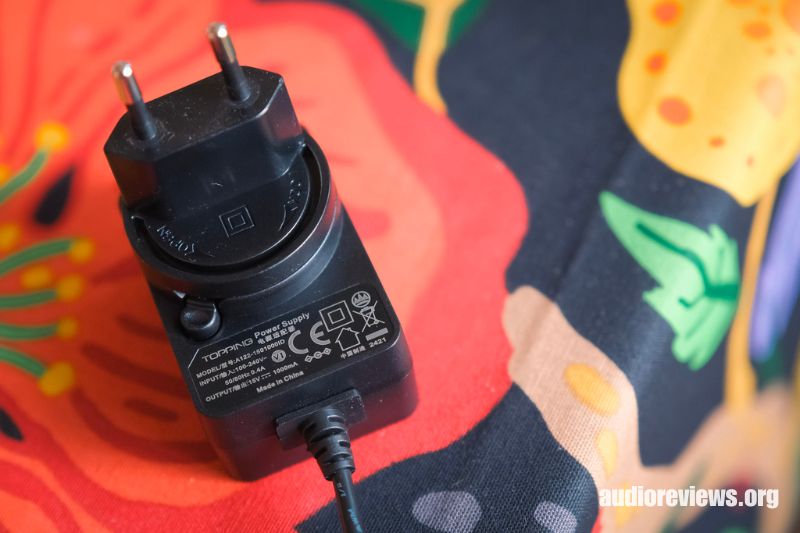
This amp doesn’t have a remote which isn’t a surprise. If you’re getting it for living room headphone duty, I’d rely on the DAC and its remote control to change the volume. The SE and BAL input selector on the back can be sometimes hard to reach but I don’t think that many folks will need to use it that often.
Under the hood
Opening the Topping A50 III wasn’t hard – just a hex key and some bravery is needed. Like with the D50 III, the same key can be used for all bolts. Inside the case, we get two separate PCBs which are connected by flexible ribbon cables. It’s likely that the backside PCB contains the power circuitry and the input connectors while the front is where the magic happens. I was afraid to disconnect the fragile ribbon cables, so I only verified that the potentiometer is 4-gang which means that we’re dealing with a fully balanced amplifier.
Like other Topping headphone amps, the A50 III uses a “Nestled Feedback Composite Amplifier” circuit as the main headphone driver. It’s a variation of the composite amplifier concept where a high-precision opamp shares the overall feedback loop with a beefier high-current output driver.
This means that the opamp is loaded by the high-impedance input of the high-current buffer and essentially should achieve its best performance. Sharing the overall feedback loop with the buffer also means that the opamp performs error correction for the buffer and the overall circuit combines the precision of the opamp and the high power capability of the buffer.
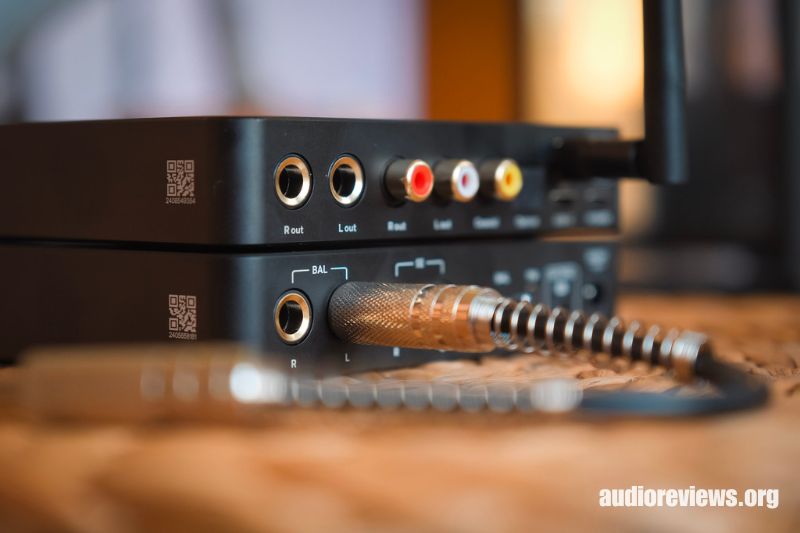
Well if the circuit is so brilliant, why isn’t everyone using it, you might ask. Two reasons. All composite amplifiers are very high bandwidth which means that measures have to be taken to ensure that they don’t self-oscillate.
We’re dealing with three feedback loops in a high-speed circuit and care must be taken to ensure that stability is maintained in all real-world conditions. The second reason is that electronic performance indicators aren’t terribly good indicators of audible performance. And some circuit designers prefer doing things their own way just because it’s more fun.
The last thing I want to note here is that the Topping A50 III has a particularly low input sensitivity that some DACs might not like. When using balanced input at medium and high gain the input sensitivity is quoted to be 2kohm. For home audio devices I’m more used to seeing input impedances in the range of 10 – 100kohms. Most modern DACs should be able to drive loads as low as 600ohms, so only in some edge cases problems might occur.
Sound quality and signature
Test setup: I mostly used the Topping A50 III with its buddy DAC, the D50 III. To better gauge the amp’s performance ceiling, I also used it with a FiiO K19 DAC. Downstream the ThieAudio Monarch MK3, Simgot EA1000, Sennheiser HD6XX, Moondrop Para, and ZMF Auteur Classic headphones were used.
Let’s first get the practical stuff out of the way before we delve into the sound intricacies. For all of my headphones and IEMs the low and medium gain was enough if 4Vrms balanced inputs were used. The sensitive Simgot EA1000 was a bit limited in terms of volume control as even 9 o’clock was enough from the 4.4mm output. Noise, however, was never an issue. The A50 III would get a bit warm during operation but never dangerously or even annoyingly so. Power on and off was always well-behaved with no noises.
Long story short, the Topping A50 III does just what an amp should – makes the DAC output stronger without imparting any of its own coloration. This of course means that color-happy enthusiasts should either look for something else or rely on the DAC or the headphones to bring the party to them.
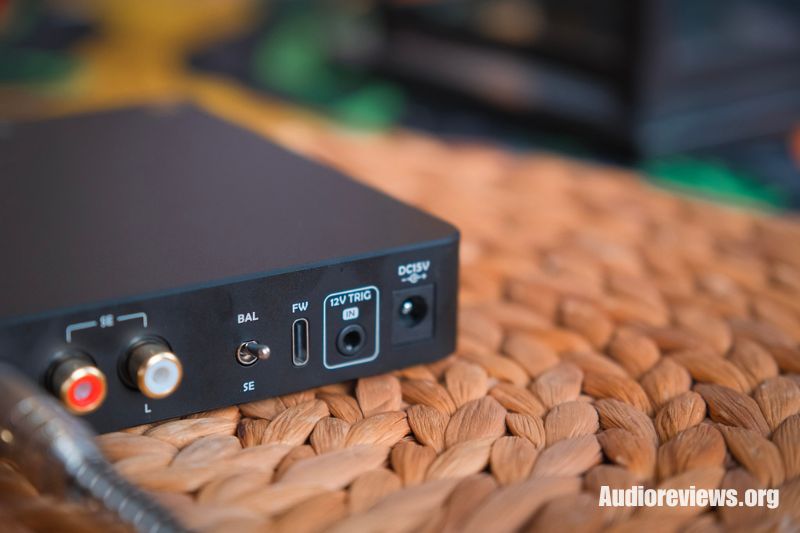
Together with the D50 III the A50 III makes a very neat and good-sounding desktop system. There’s enough power to drive 95% of loads out there and it’s versatile enough to drive even very sensitive IEMs without much concern. Ultra-high sensitivity IEMs might benefit from using single-ended outputs or bumping the volume down in the DAC to cool the output and get a bit more usable volume control on the amp. With my review unit, I was very impressed with how little channel imbalance there was at the very bottom of the potentiometer.
Hooking up the more upper-shelf FiiO K19 to the Topping A50 III left me impressed that the amp would clearly reflect the slightly warm FiiO house sound. Comparing it to my solid-state reference, the SMSL SH-X and the Feliks Euforia Evo of course showed the limitation of the smaller amp but left me very impressed. I’d probably say that improving upon every aspect of the A50 III without losing anything would mean spending many times its price.
Select comparisons
Ifi Zen CAN 3
Priced at 229$, the Zen CAN 3 inhabits roughly the same price bracket as the A50 III. It uses a discrete output stage which allegedly works in Class-A and is also used in Ifi’s flagship iCAN Phantom. The quoted power figures change from source to source but Ifi promises that the Zen CAN 3 will deliver at least 1.6W into an unspecified load. Like most Ifi’s products it also uses a power brick and can be coupled with more fancy PSUs Ifi will happily sell you.
Right off the bat, I will say that the Zen CAN 3 is the better-looking product. It also brings a lot more in terms of extra features – X-bass low-end boost and X-space crossfeed to name a few. The lack of negative gain options will limit its use with very sensitive IEMs. Sound-wise the Zen CAN 3 is warmer and a bit more expressive than the A50 III. Its imaging is more expansive to the sides while the Topping amp does better stage depth.
Pairing notes
If you’re satisfied with the sound of your system but yearn for more output, the Topping A50 III can be the right choice. It’s very neutral, offers great technical performance, and is easy to integrate unless you want to use the balanced connections that require TRS cables. This amplifier will allow your headphones and DAC to take center stage.
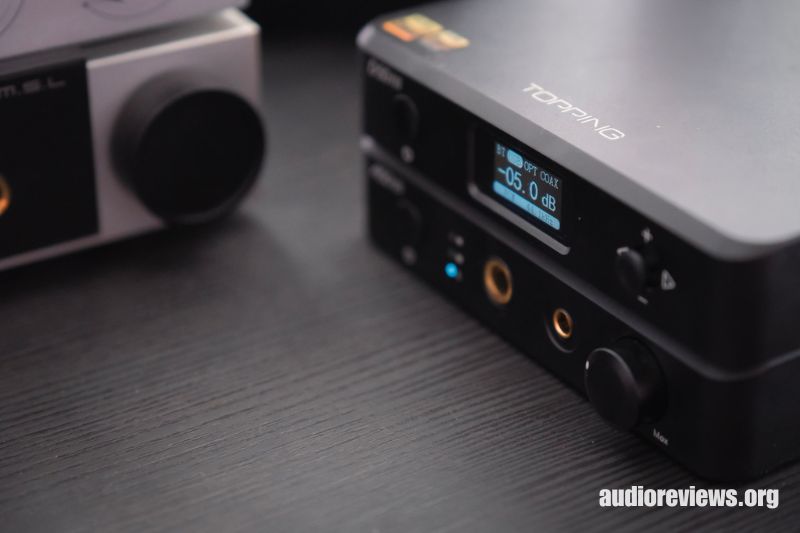
Concluding Remarks
I think Topping has hit a home run with the A50 III! At the price point, it offers great sound performance and superb flexibility meaning that there will be no wrong combinations where it can’t shine. Yes, I’m still a bit annoyed that I had to hunt for TRS cables to use the balanced connections between the D50 III and it but if Topping can offer the stack bundle with them, they have a perfect do-it-all beginner stack which will keep up with most of your current and future headphones and IEMs.
My verdict – 4.5/5
Disclaimer
Thanks to Shenzhen Audio for supplying the review unit. As always, they had no say in the review process and didn’t see the review before posting.




